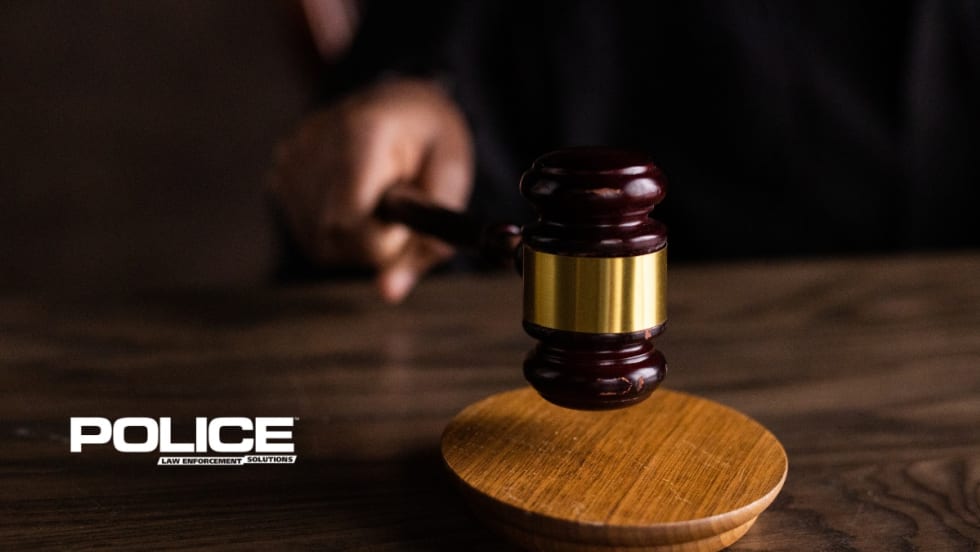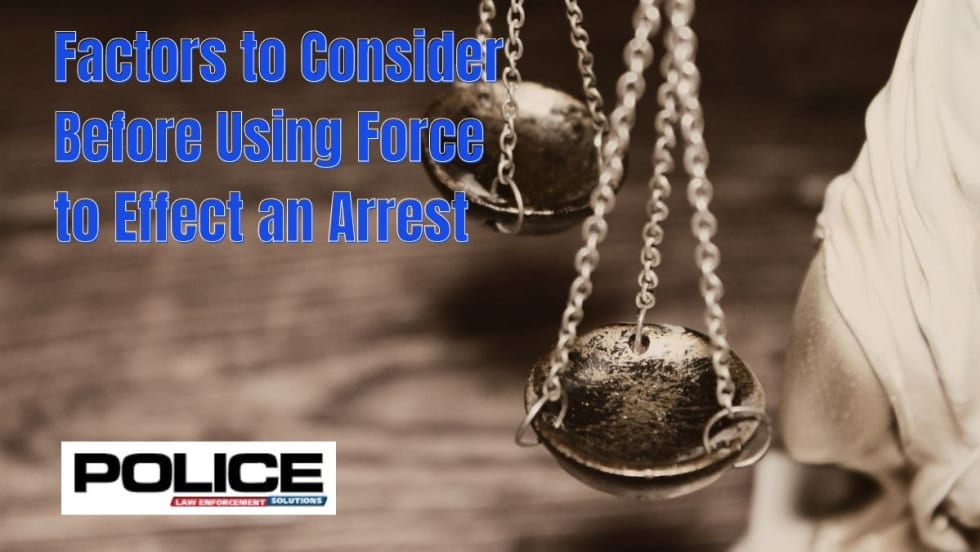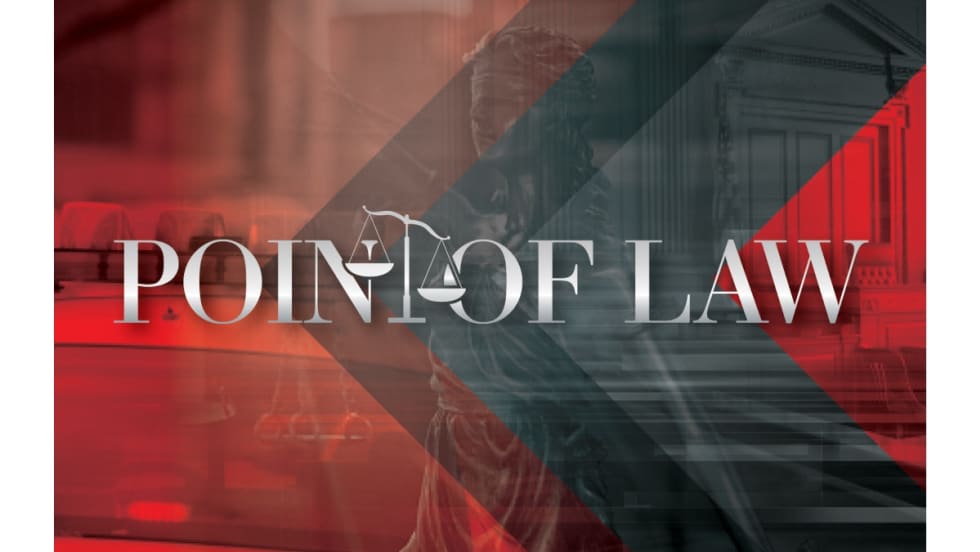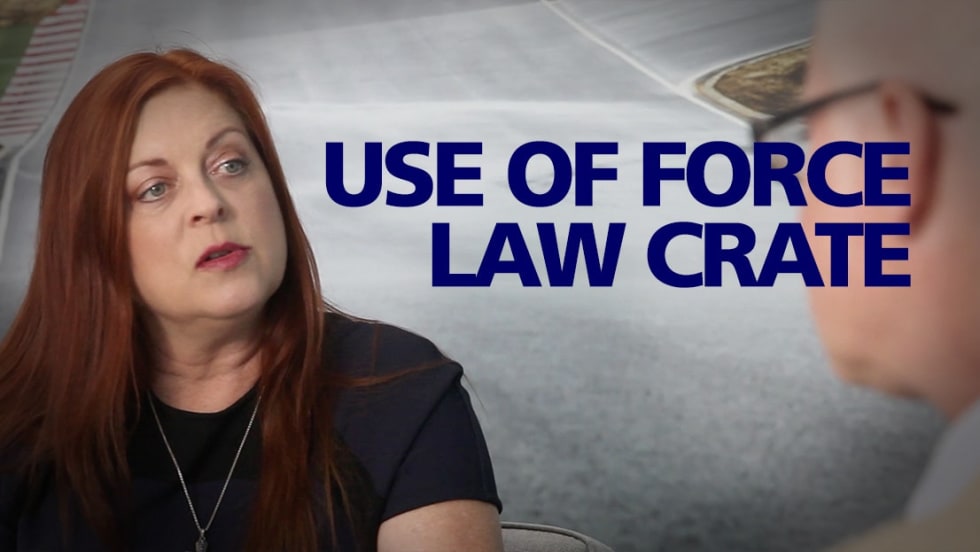
Officers can be criminally prosecuted for using force when their actions led to escalation during contact with subjects.
Read More →
Legally, any use of force by law enforcement must be objectively reasonable, but we should also consider whether it is necessary.
Read More →
Officers using pepper spray have to be able to justify that use of force under Graham v. Connor.
Read More →
Golden State politicians wanted to make "necessary" the standard for police to use deadly force, but they settled for "reasonable."
Read More →
Assembly Bill 392, backed by anti-police activists, has been called the toughest standard in the nation for when police can use deadly force. It was written months after Sacramento police shot Stephon Clark, a vehicle burglary suspect, after a foot pursuit when they mistook his cell phone for a gun.
Read More →
Attorney Missy O'Linn explains her "Constitutional Law Crate," which she created as 11 flash cards assembled into a cube, or crate, to give officers a way to remember the most imperative information when testifying in court, such as the three levels of force and Graham v. Connor.
Read More →Assembly Bill 931 — otherwise known as the Police Accountability and Community Protection Act — is fatally flawed in its current form. Unpacking all of the problems with this piece of legislation is a monumentally difficult task, but I'll give it a shot — no pun intended.
Read More →
The bill — which was authored by Assembly member Shirley Weber (D-San Diego) and Assembly member Kevin McCarty (D-Sacramento) — was referred by the Senate back to Senate Rules Committee on Thursday.
Read More →If a police officer’s use of deadly force is deemed to be unnecessary to them and to people who share their beliefs, that officer can expect to be prosecuted and, if not imprisoned, run through a years-long ordeal that will ruin him physically, emotionally, and financially. And this, they promise, will protect the community.
Read More →
Under the legislation, officers would only be allowed to open fire if “there were no other reasonable alternatives to the use of deadly force."
Read More →